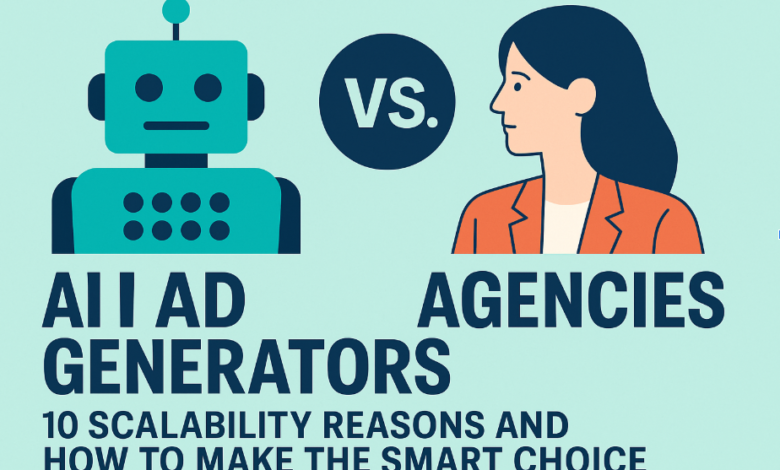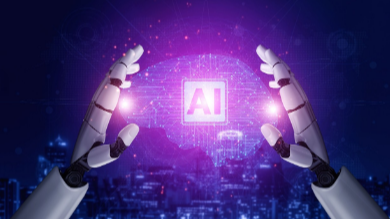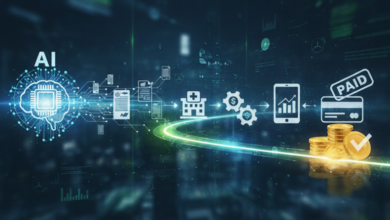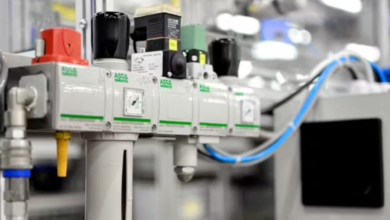AI Ad Tools vs. Agencies: 10 Reasons to Scale Smarter

Facing the Decision: AI or Agency—Which Is Best for Your Growth?
Imagine you’re running a business and you need to advertise everywhere—Facebook, Instagram, YouTube, maybe even TV. You want to reach more people, spend wisely, and keep up with competitors. Do you hire a marketing agency, or can an AI ad generator handle it all?
If the decision’s giving you a headache, you’re not alone. Let’s walk through what makes each approach scalable, how to manage the risks, and how even a non-expert can get started quickly.
1. Speed and Volume: Instant Ads vs. Project Timelines
- AI Ad Generator: Whip up dozens of ad variations in minutes, or even seconds. Perfect for small teams, or if you want to test which style works best with your audience across many platforms.
- Agency: Humans need time—creative brainstorming and project coordination mean weeks, not moments.
Practical tip: Want to launch a campaign fast? AI delivers quantity and speed; but review every draft to ensure it fits your brand.
2. Cost Efficiency: Stretching Your Budget
- AI: Once you’ve paid for the platform or tool, creating additional ads comes at almost no extra cost. You pay less for every new idea or experiment.
- Agency: Every new ad, platform, or edit involves extra fees. Costs grow quickly as you scale.
Worth it? AI provides unbeatable value for businesses with limited budgets or those needing frequent campaign changes.
3. Personalization at Scale
- AI: The system analyzes tons of data—what your customers like, when they click, and where they’re from—then builds tailored ads for each audience segment.
- Agency: Personalized ads are possible, but manual segmentation takes time and drives up the price.
Real example: An online clothing store used AI to present different winter collections to men, women, and teens in different cities—boosting click rates because each ad felt personal.
4. Optimization and Real-Time Adaptability
- AI: Your ads can adjust instantly in response to user engagement—no waiting for human intervention.
- Agency: Campaign tweaks are only as fast as the next meeting or email round.
When it matters: This advantage shines in competitive seasons (Black Friday, holidays) where missing trends by a few days means missing revenue.
5. Consistent Branding Across All Channels
- AI: Ensures the same logo, colors, and style—across hundreds of ad versions and platforms.
- Agency: Human error or multiple teams may create mismatched brand experiences, especially as you scale.
Scalability edge: AI’s consistency supports credibility as your presence grows.
6. From Data to Decisions: Smarter Targeting
- AI: Uses real-time online behavior, not just broad demographics, to serve the right ad to the right person.
- Agency: Traditional agencies may rely on broader market research and less on granular, real-time data.
Practical result: You reach people more likely to buy—saving ad spend and boosting ROI.
7. Ongoing Learning, Not Static Campaigns
- AI: Every click and skip helps AI learn. Next week’s ads are smarter (better offers, images, or timing).
- Agency: Improvements depend on scheduled reviews and manual reporting.
Takeaway: AI keeps campaigns fresh and improves without waiting for your next strategy meeting.
8. Handling Big Campaigns with Ease
- AI: Expanding from 1 to 100 ads—or from a city to a country—requires only a few changes to your setup.
- Agency: More locations or audiences usually mean more staff and bigger budgets.
How to tackle scale stress: Use AI to handle the heavy lifting, but spot check for local oddities or cultural fit.
9. Easy Integration with Digital Channels
- AI: Often connects directly to ad accounts (Google, Meta, Shopify, etc.). You can monitor and adjust from one control panel.
- Agency: May manage some channels but usually not as seamlessly, leading to coordination lags.
Bonus: Modern AI tools offer plug-and-play connections that get you advertising on new platforms almost instantly.
10. Continuous Innovation
- AI: Built to adapt fast. New features, updates, and channels are added regularly.
- Agency: Innovation depends on the skills and bandwidth of your partners.
Is it worth it? If fast evolution is a must—like in fast-moving e-commerce—the answer is yes.
See also: AI Strategy for Business: A Complete Guide to Growth with Artificial Intelligence
When AI Fails and How to Tackle the Risks
No tool is perfect. AI generated ads can be generic or tone-deaf without a human check. Here’s what real-world users (and major brands) have learned:
Common Fail: AI produces ads that sound “robotic” or simply copy what everyone else is doing.
How to tackle: Always edit. Inject your unique voice, value, or story into each draft before launching.
Common Fail: Emotional or cultural missteps, especially with global audiences.
How to tackle: Use human review for all sensitive markets or major announcements. Ask, “Would I click this ad? Does it make sense for this location?”
When Not Worth It:
- If your brand relies heavily on out-of-the-box creative storytelling or campaigns with strong emotional hooks, agencies still add indispensable value.
- For “one-off” local events needing personal connections, agencies’ relationships and local expertise may win over automation.
How to Get Started: Step-by-Step for Everyone
- Identify Your Objective
Decide if you want more leads, sales, or brand awareness. - Choose the Right Tool
Pick an AI ad generator with positive reviews, robust integrations, and clear user support. Look for features like A/B testing, multi-channel support, and brand asset management. - Connect Your Ad Accounts
Most modern tools guide you to securely link your Facebook, Google, Shopify, or other platforms in minutes. - Input Quality Materials
Upload your logo, product images, and write a specific, clear description of your offer. The better your input, the better your AI output. - Customize and Review Generated Ads
Don’t just auto-publish! Review each version, check for errors or awkward phrasing, and make edits to resonate with your audience.
- Launch and Monitor
Start with a test budget. Watch analytics closely—see which ads win and which flop. - Keep Iterating
Use insights from each run to refine future campaigns. AI will learn, but your feedback makes it smarter.
Real-World Example: Success and Failure
Success:
A small e-commerce outfit used AI to launch customized seasonal ads in four countries at once—without hiring extra staff. Conversion rate shot up 25%, and they scaled campaigns with less stress.
Failure:
A global brand ran AI-generated ads without review. One ad referenced a cultural event incorrectly, leading to negative backlash online. They learned to always have a local marketing team check AI work before publishing.
Final Word: Making the Smart, Scalable Choice
AI ad generators offer speed, efficiency, and truly scalable advertising—especially for businesses aiming to do more with less. But the best results always come from combining AI’s muscle with your own strategy, creativity, and intuition.
Set clear goals, use AI to tackle the heavy lifting, and audit every campaign for brand voice and cultural sense. The more active your involvement, the further you’ll go—with more impact and less hassle, no matter your marketing experience.



